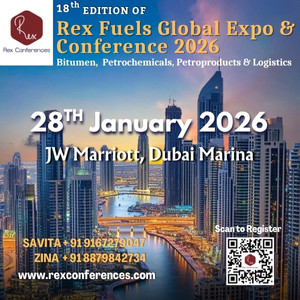A Norwegian company plans to build the world’s largest hydrogen-powered ships, measuring 117 meters long, to carry passengers and cargo across the Arctic using green hydrogen fuel.
As a sign of change in the shipping and marine transportation industry, a Norwegian shipyard has signed a contract to build the world’s largest hydrogen-powered ships.
Myklebust Shipyard in Norway has been selected by Torghatten Nord shipping company to build two large hydrogen ships.
These vessels are designed to carry up to 120 vehicles on Norway’s longest sailing route and to operate in Arctic waters.
According to the manufacturer, these ships will connect the cities of Bodø and Lofoten.
These ships will be fueled by hydrogen produced locally in the city of Bodø.
Norway’s Micklebust will design the ships and deliver them in 2026.
Strengthening shipping industry
This project becomes important since passenger transportation by hydrogen on such a difficult and long route has never been done before.
All safety considerations must be taken into account in the design and technical solutions for ships traveling long distances on waterways exposed to variable and extreme weather.
Marius Hansen, CEO of Torghatten Nord, said in a statement: “This project is a significant boost for the Norwegian technology and shipyard environment and we are proud to make it happen in Norway.”
Large capacity vessels will be built from the Micklebust facility. The construction of these ships requires an increase in the number of employees and a lot of activity in this shipyard for the future.
In addition to working closely with the Norwegian Maritime Authority, the project will also require defining new protocols and safety standards for an entirely new class of ships, as well as equipping Norwegian suppliers for design, technology, equipment and hydrogen.
Micklebust CEO Leiv Sindre Muren said in a statement: “Together with the maritime cluster in Norway, we will develop new knowledge, secure jobs and be able to take on more apprentices with this assignment. It will be exciting to deliver something no one has done before us.”
Zero carbon marine solutions
These largest hydrogen ships in the world are supposed to advance sea transportation along a 278 km route.
According to the manufacturer, these 117-meter vessels use green hydrogen as their main fuel source and travel at least 85% of their distance on this type of fuel while navigating the harsh waters of the Arctic.
These vessels face challenging conditions due to their average speed of 17 knots, but are designed to handle them effectively.
Their hydrogen storage units serve the fuel cells that convert the energy into electricity to power the ships’ auxiliary systems and propulsion.
According to the manufacturer, this new strategy is expected to reduce carbon dioxide emissions by 26,500 tons annually along this route.
Norway’s Transport Minister Jon-Ivar Nygård also said in a statement: “The agreement shows that Norwegian shipyards are competitive, and it will contribute to building more expertise in zero-emission solutions.”
A wave of such developments is predicted for the transport sector in the next few years as governments commit to achieving zero carbon emission targets.



















